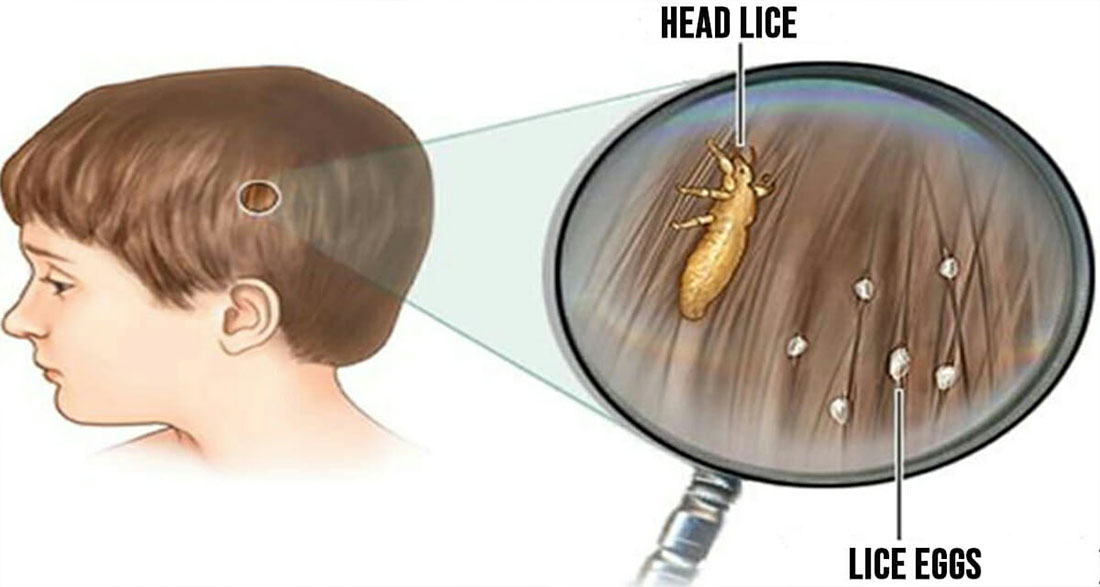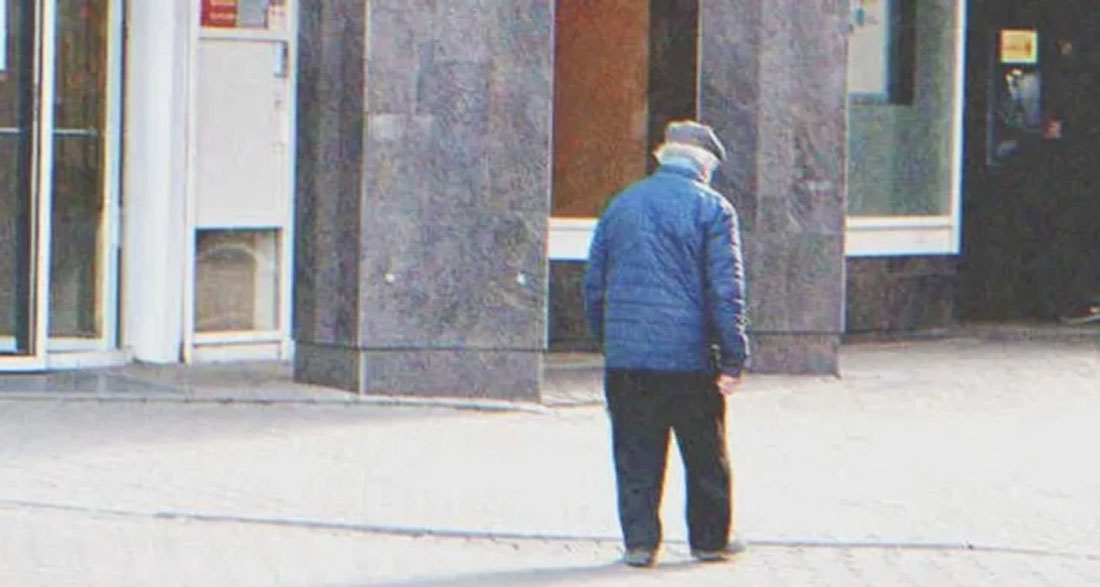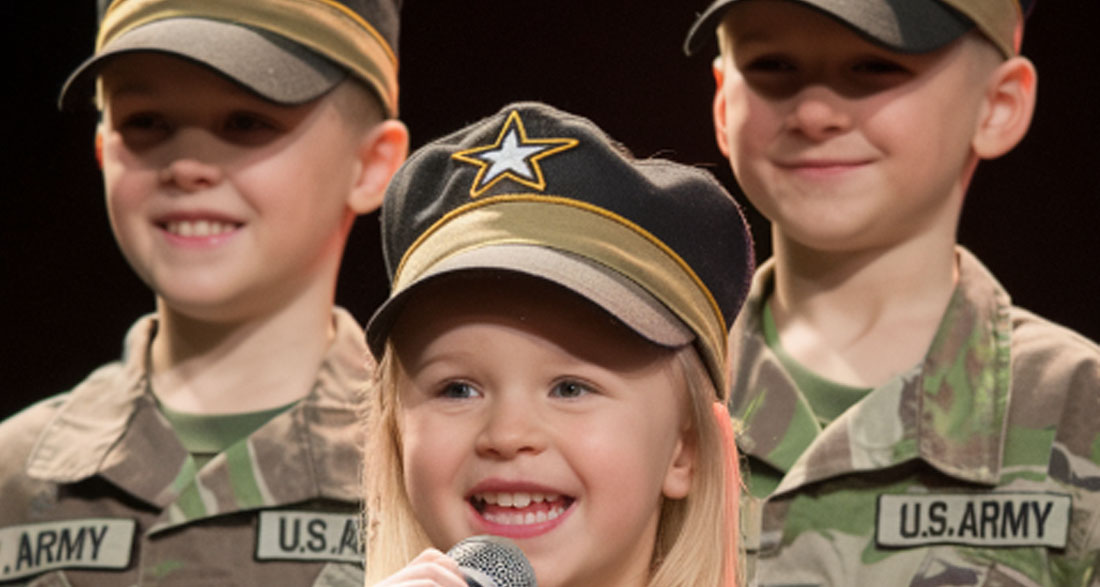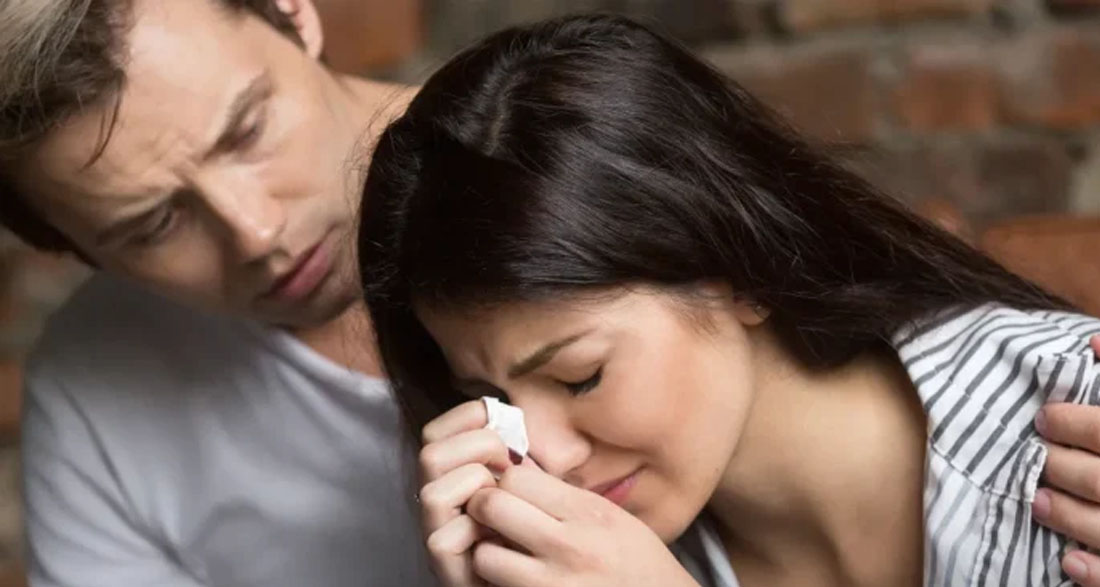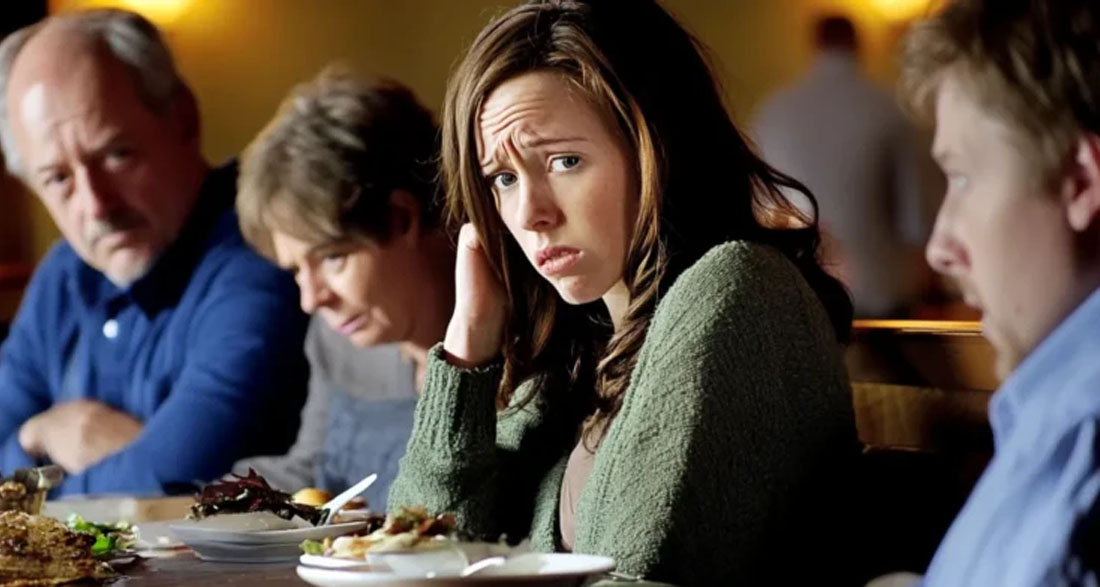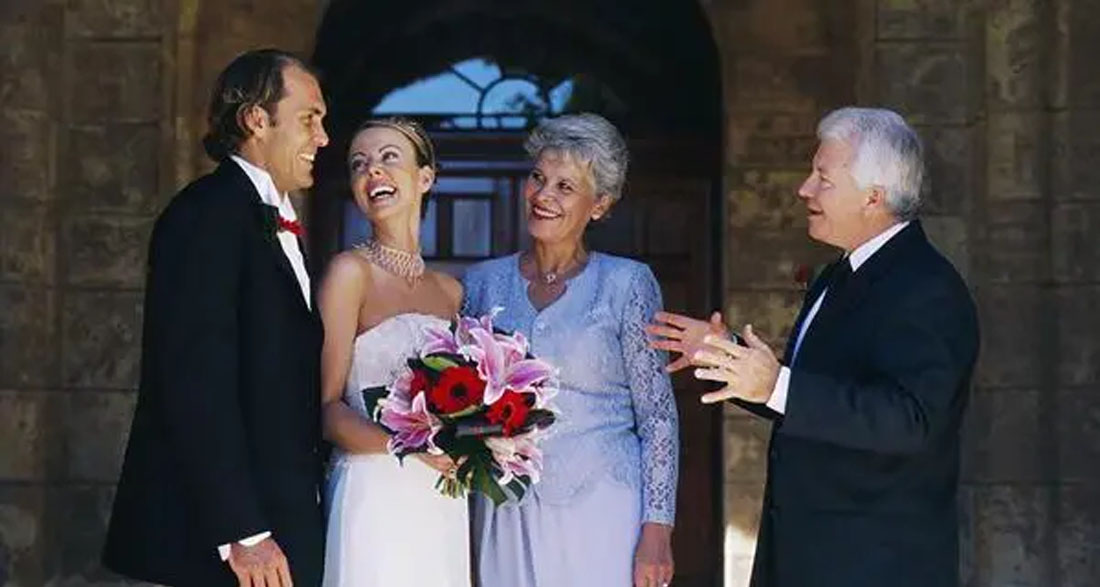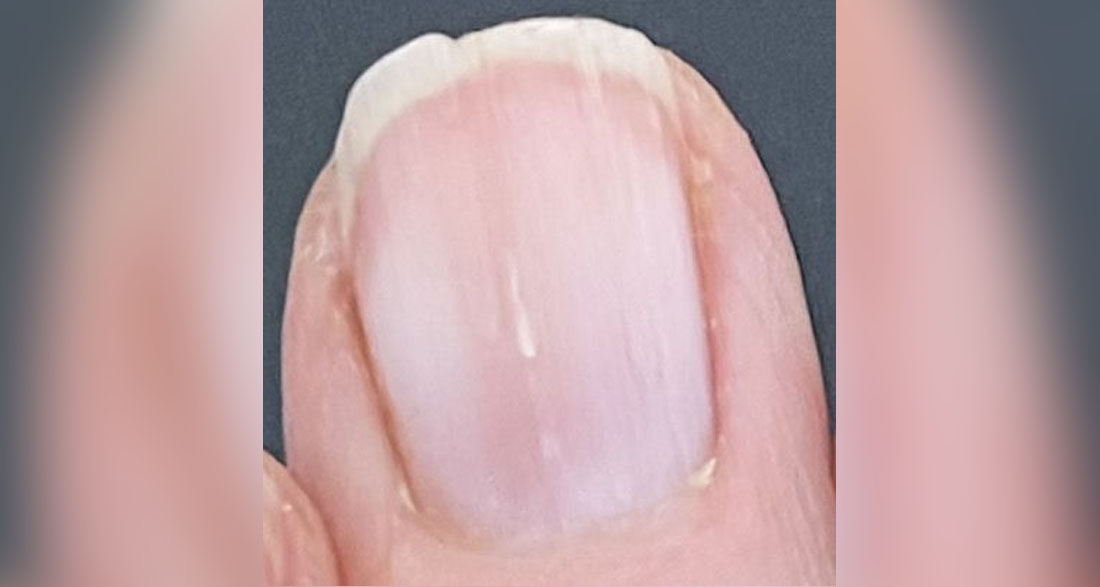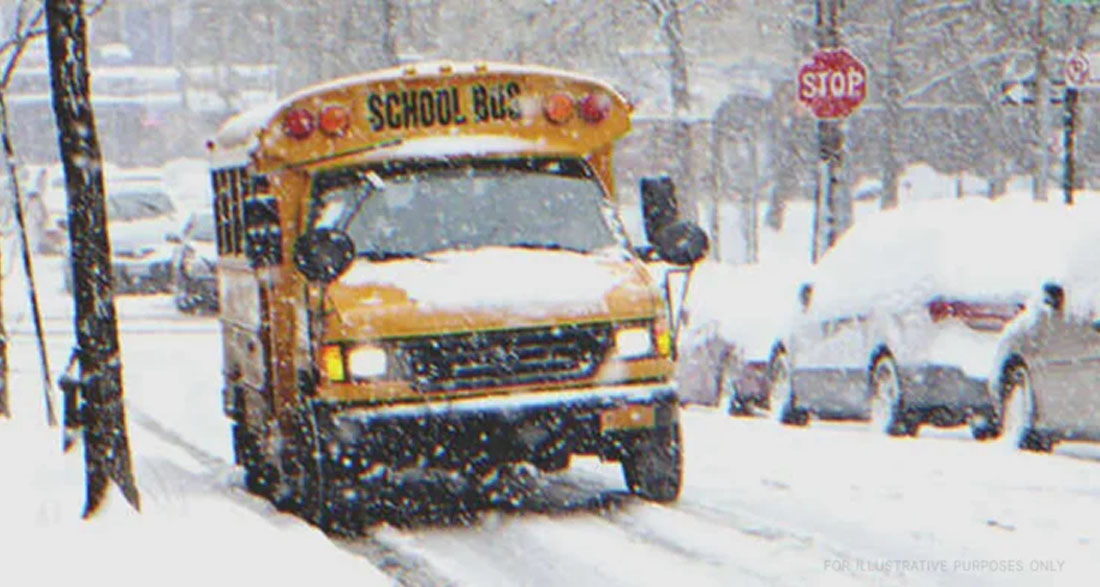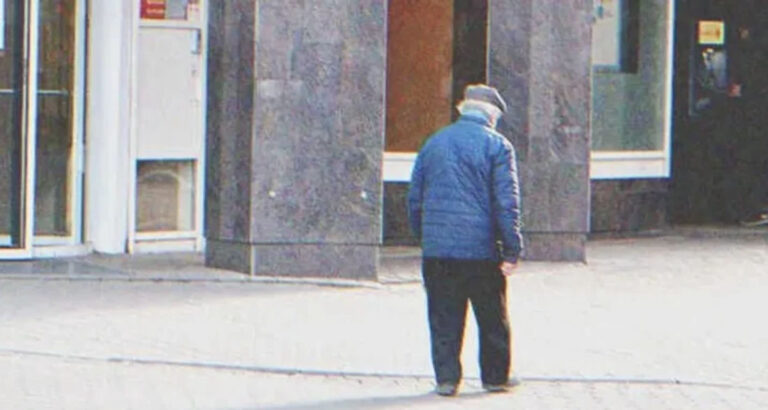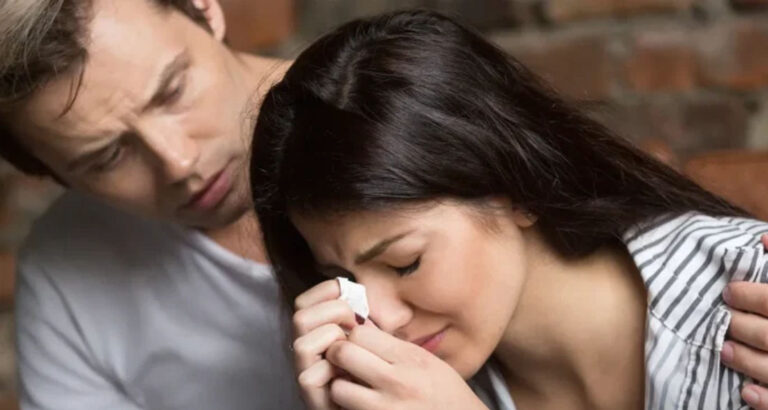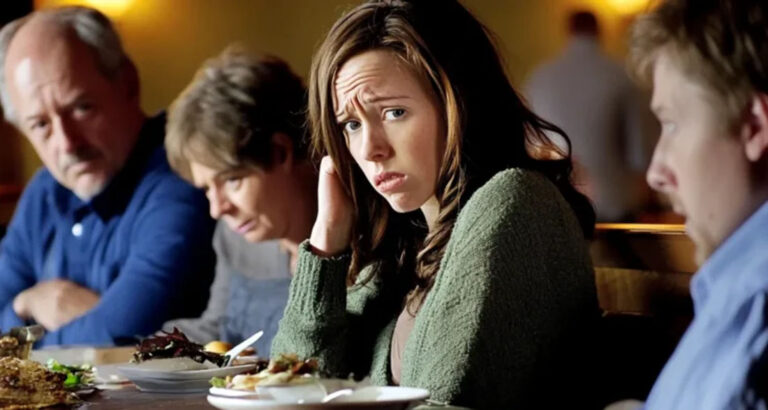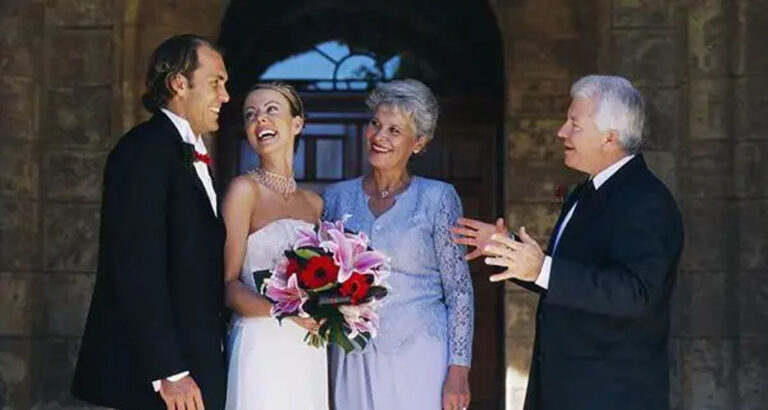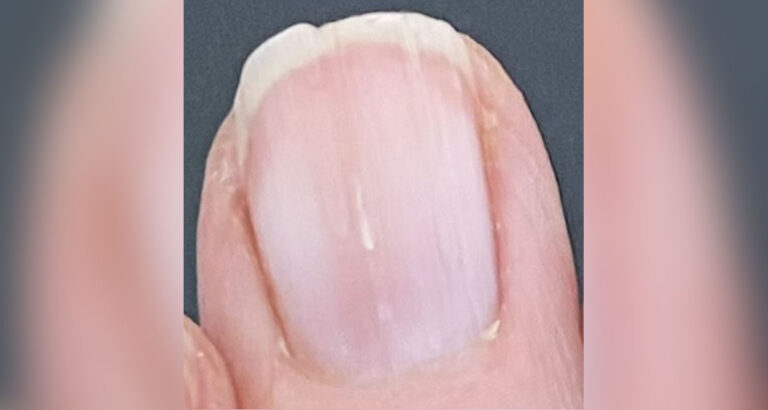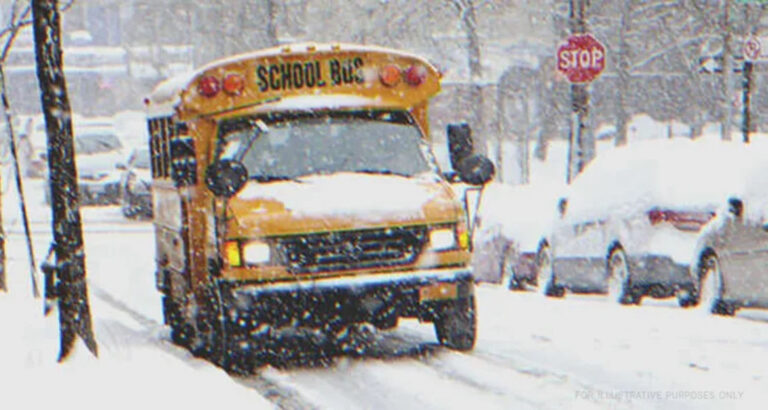Keep Lice Away for Good: A Step-by-Step Guide
Nobody likes dealing with lice. Once they show up, they spread fast and can cause endless frustration. But don’t worry—there’s a way to get rid of them and keep them from coming back.
Let’s dive into what you need to know about these tiny pests, how to spot them, and a proven, chemical-free treatment that works wonders.
Why Do Lice Spread So Fast?
It’s no secret that kids are often the main reason lice spread quickly. According to the Care Guidebook, children are most at risk during the summer.
The long days filled with camps, playdates, and sleepovers create the perfect storm for lice. When school starts back up, lice thrive even more, thanks to close contact among classmates.
Contrary to popular belief, lice can’t jump or fly. They spread by crawling from one strand of hair to another, usually through direct head-to-head contact.
But what about brushes, hats, or pillows? While some people worry about lice spreading this way, Care Guide experts say it’s unlikely. Lice that fall off the scalp are too weak to survive for long. So, while sharing personal items is never a great idea, the risk of getting lice this way is low.
How to Spot Lice: Don’t Wait Until It’s Too Late
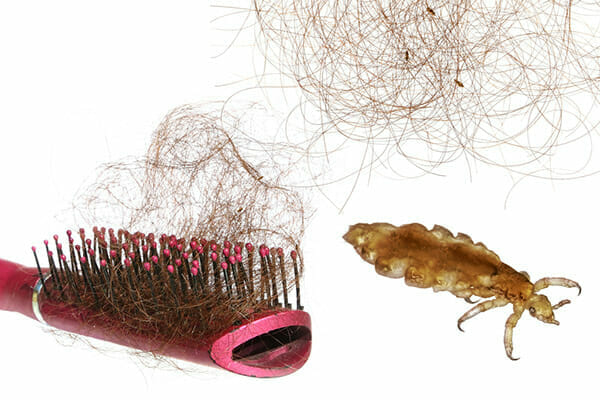
Lice are not dangerous—they don’t carry diseases—but they’re definitely annoying. Once they make themselves at home, they can quickly become a big problem.
According to Care Guide, the most common sign of lice is an itchy scalp, but here’s the tricky part: the itching often starts 4-6 weeks after the lice first arrive. By then, they’ve already had time to multiply.
So how do you know for sure if you or your child has lice? Start by carefully examining the scalp. Lice are tiny—about 1 to 3 millimeters long—and can be gray, brown, black, or even reddish. They’re translucent and hard to spot unless you’re looking closely.
To confirm their presence, use a lice comb. Slowly comb the hair from the back of the head to the front over a sink or white towel. If lice are there, you’ll see them drop out.
What About Lice Eggs?
In many cases, it’s easier to spot lice eggs than the lice themselves. These eggs, or nits, stick to the base of the hair near the scalp. They’re about 1 millimeter long and can be dark (if there’s a baby louse inside) or light-colored if they’ve already hatched.
Here’s a key tip from Care Guide: don’t panic if you find empty eggs. Treatment is only necessary if you see living lice. Empty eggs will eventually grow out with the hair or can be combed out.
The Ultimate Lice Treatment (No Chemicals Needed!)
While lice shampoos are popular, they’re not a guaranteed fix. Plus, they can be expensive, especially since most treatments require multiple rounds and thorough combing to remove every egg.
Luckily, there’s a natural and cost-effective method recommended by Healthy Life Center. It’s simple, safe, and doesn’t involve exposing your family to harsh chemicals. Here’s what you need and what to do:
What You’ll Need:
- A lice comb
- Mouthwash (the strong-smelling kind)
- White vinegar
- A shower cap or plastic bag
- A towel
Step-by-Step Instructions:
- Start with Mouthwash
Wet the hair thoroughly with mouthwash. Lice hate the smell, and it can help drive them out. After applying the mouthwash, cover the hair with a shower cap or plastic bag and let it sit for an hour. Pro Tip: “The minty smell works wonders,” says one parent who tried this method. - Switch to Vinegar
After an hour, rinse out the mouthwash and soak the hair with white vinegar. Vinegar helps dissolve the glue that holds lice eggs to the hair, making them easier to remove. Again, cover the hair and let it sit for another hour. - Wash and Comb
Wash the hair with regular shampoo and carefully comb through it with a lice comb. Make sure to clean the comb frequently to avoid reintroducing lice. - Prevent Future Infestations
Want to keep lice away? Lightly spray your child’s hair with mouthwash before they head to school. The smell can discourage lice from settling in.
Final Thoughts
Lice can be stubborn, but they’re no match for a solid treatment plan. By following these steps, you can effectively deal with them and even prevent them from coming back. Remember, lice are a common issue, especially for kids, but they’re completely manageable with the right approach.
Have you tried this method or something similar? Share your experience in the comments below!

